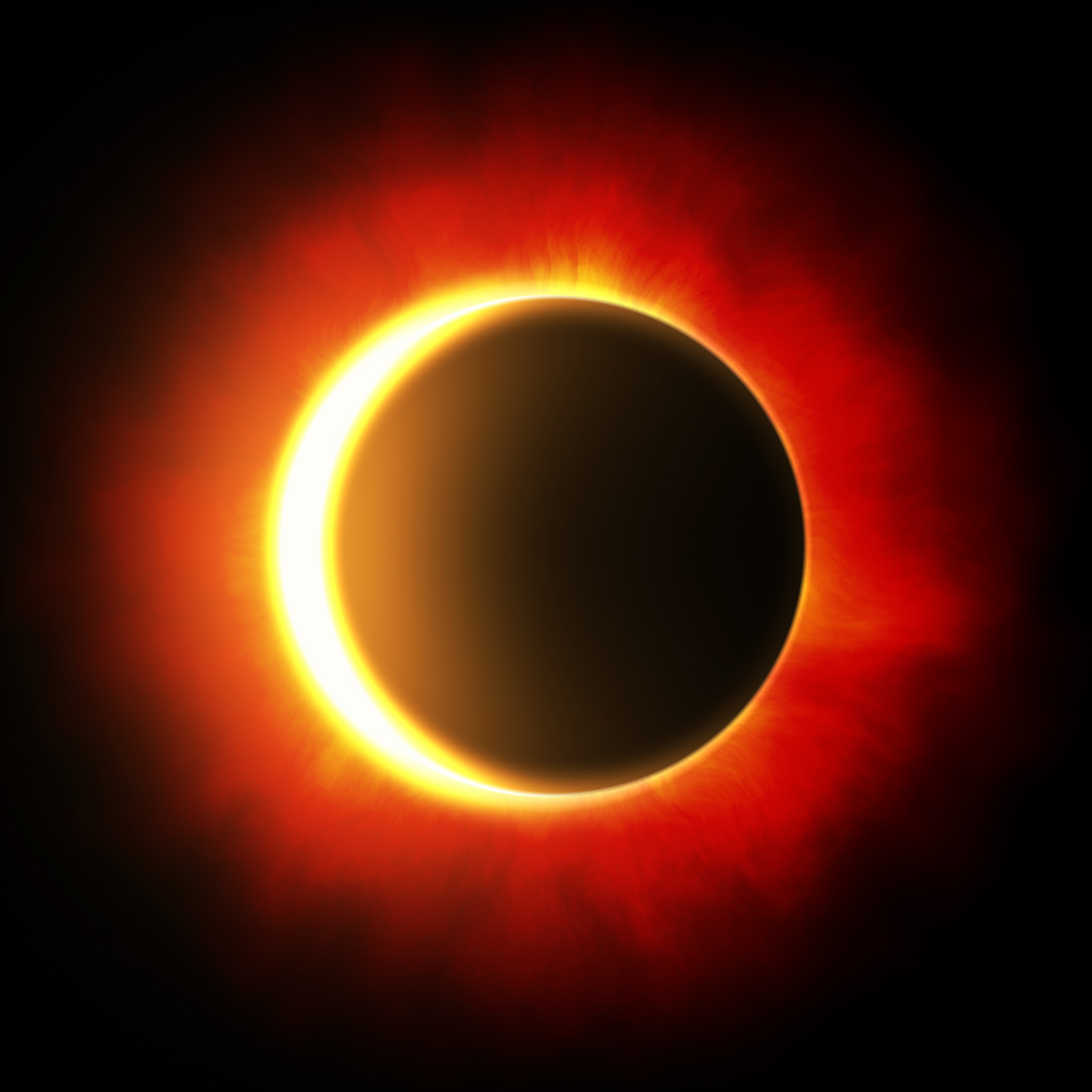From the Editor's Desk
Hurrah for Teachable Moments
We all relish the occasions when we can connect our lessons to current events that make science more relevant to our students. For example, the detection of the first gravitational wave in 2015 and the cloning of the first mammal (Dolly the sheep) in 1996 allowed us to show how the material students are learning in the classroom connects to what the media are covering today. Even more dramatic are the natural disasters that can affect our students—earthquakes, tornadoes, hurricanes, floods, droughts, and wildfires. While these can help make a science concept starkly real, they typically cannot be anticipated, so we need to improvise in our teaching to incorporate them.
Fortunately, two wonderful teachable celestial events will occur during this school year in North America, allowing plenty of time to plan. A solar eclipse “double-header” occurs on Saturday, October 14, 2023 (an annular eclipse) and on Monday, April 8, 2024 (a total eclipse). While you have to be in a narrow path to see either the annular or total eclipse, everyone in North America will see a partial eclipse.
Most people will focus on the eclipsed Sun, but this will also be a great time to look at other phenomena associated with the Sun and the eclipses. The Sun will be near the height of its 11-year cycle, when it is most active and has the largest number of sunspots. Planning for a way to project an enlarged image of the Sun as described on page 14 of NSTA Solar Eclipse Guide for Educators provides an easy way to see the sunspots. Also, if you are near the path of annularity or totality, there will be other natural phenomena to observe besides the eclipsed Sun.
This issue of Science Scope provides a number of articles to help you prepare for these two celestial events. A similar teachable moment in the continental United States will not occur until 2045, so we hope you will take advantage of the upcoming eclipses to connect your students with the natural world they are studying.
ONLINE RESOURCE
NSTA Solar Eclipse Guide for Educators—https://bit.ly/3NZIRpS
Astronomy Earth & Space Science Phenomena Middle School



